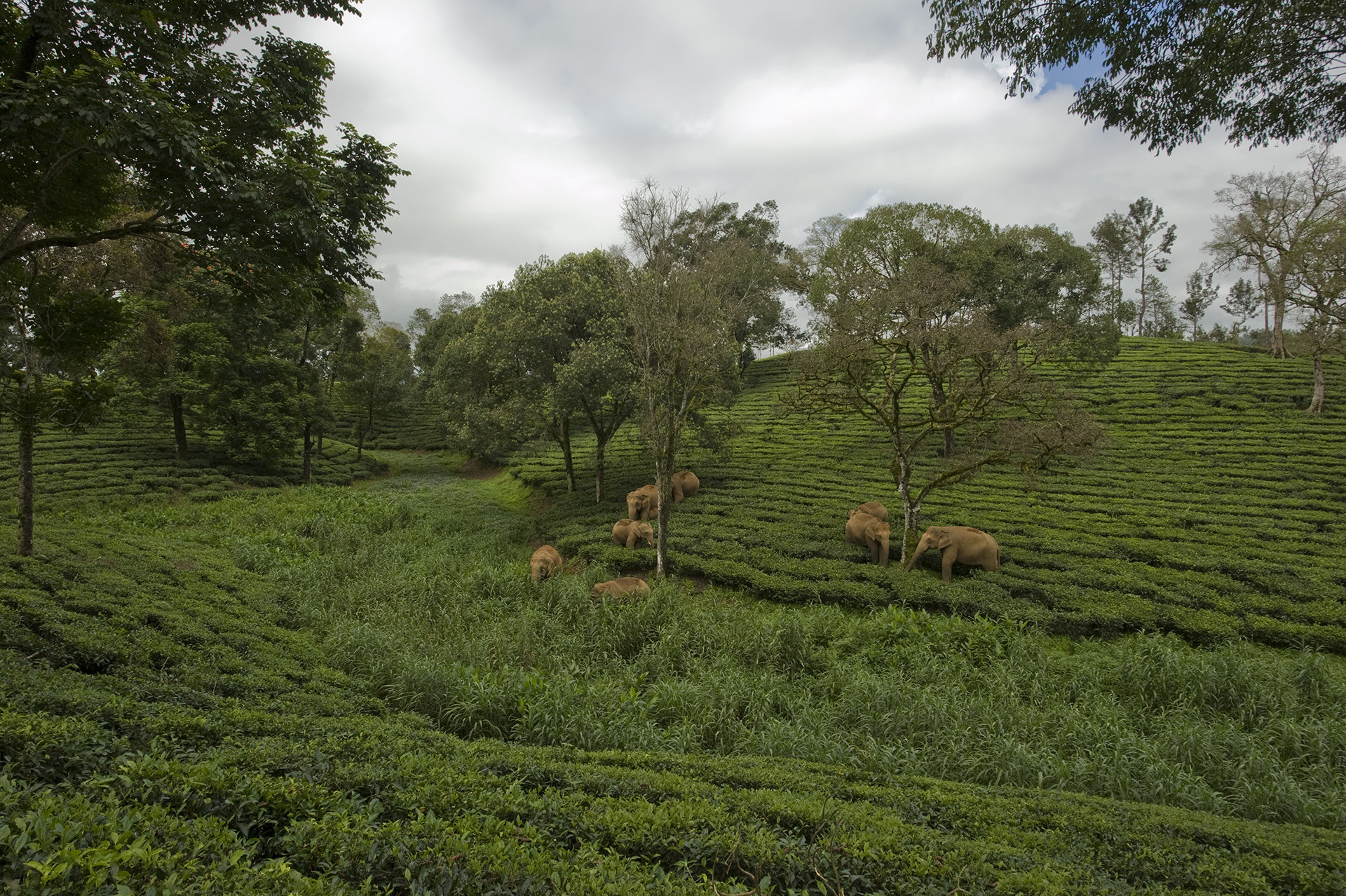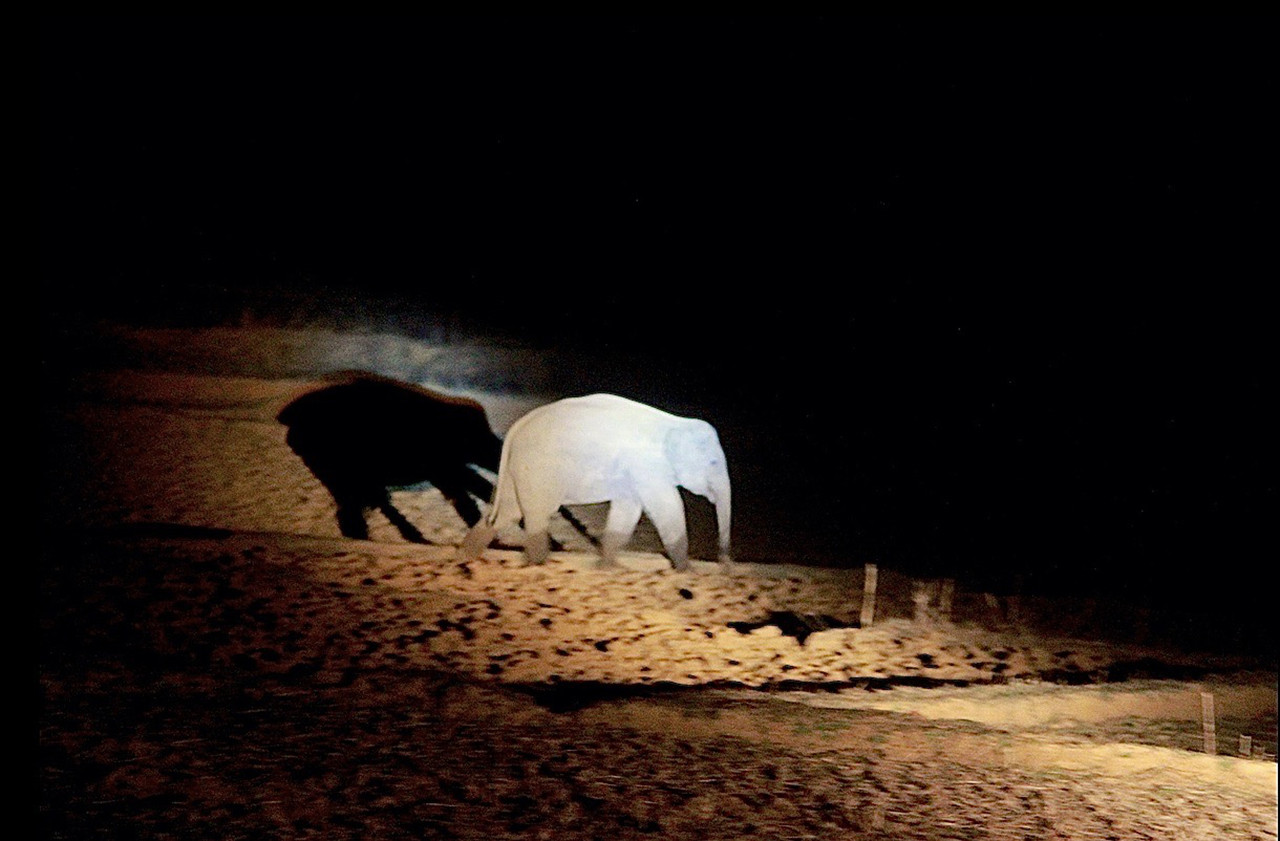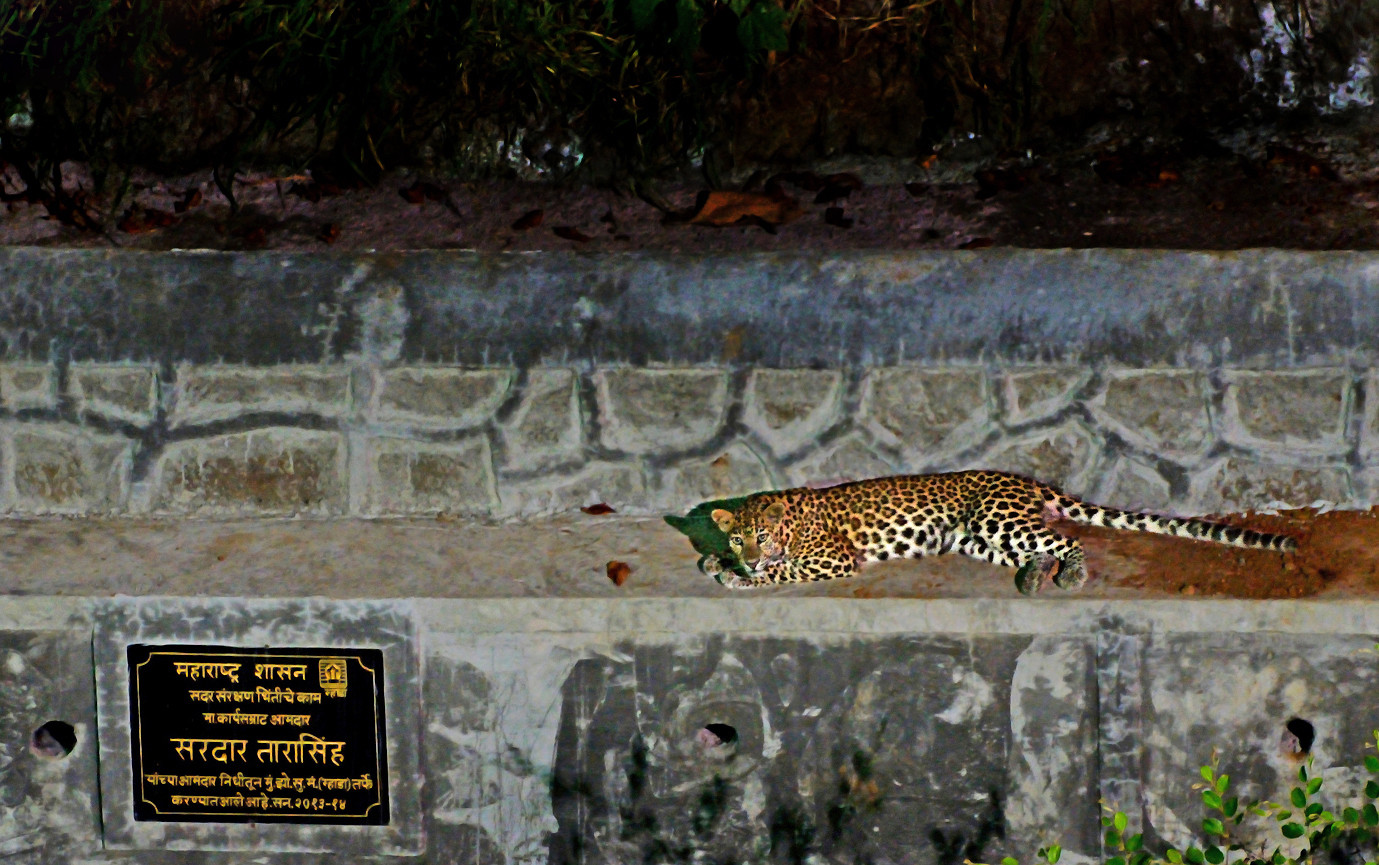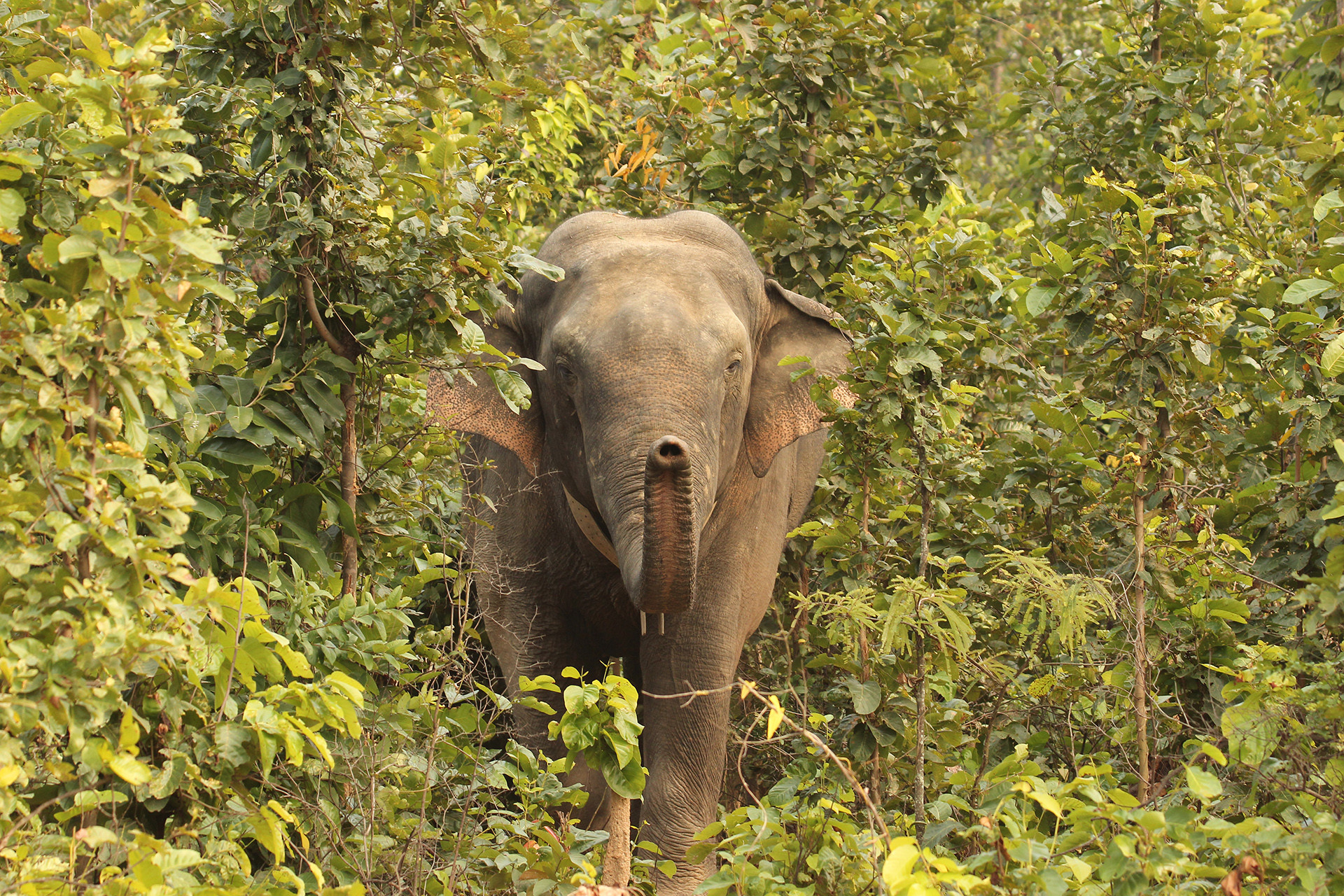Global forest area has declined by 129 million hectares (3.1 per cent) in the period 1990 to 2015 and is now just under 4 billion hectares (FAO, 2020). In India, a total 11,467.83 hectares of forest lands were diverted for non-forestry projects in 2019. This human-induced modification of natural habitats is rapidly transforming our forests into mosaics of natural and human-modified landscapes, often leading to local extinction. However, a few resilient species with high adaptability are starting to devise new strategies to utilise these mosaics, making the study of these complex systems so fascinating.
Landscape mosaic is a heterogeneous area, composed of different communities or a cluster of different ecosystems (Foreman, 1995). Mosaic landscapes are also found in natural systems. The meadows of Kanha National Park which are surrounded by Sal forests is one such mosaic, wherein Spotted Deer use different habitats during different times of the day. Elephants in the Western Ghats use forested landscape for foraging and come near riverine areas for their water requirements where crucial social interaction takes place. However, when these mosaics are created by humans invading natural systems, it results in a mosaic landscape of natural and human-modified habitats. Like the conversion of natural forests into agriculture lands and agriculture lands into concrete construction sites, which creates a mosaic of Forest-Agriculture-Built-up areas.
Though it might be disturbing to the eyes when pristine forests, grasslands, or scrublands are modified, how native fauna is surviving by adopting new strategies in these mosaic systems make it crucial for conservation. Like all living beings, animal life revolves around requirements of food, water, and shelter. As explained in the theory of Optimal Foraging, animals try to gain the maximum amount of nutrition by investing a minimum amount of energy. While studying elephants in northern Chhattisgarh, I found that there was a temporal pattern in the use of forests and nearby croplands. By adopting this strategy, they are able to cope with the highly degraded, resource-deficient forests, using them as a refuge during day time and feeding on croplands with highly nutritious wheat and sugarcane during the night. Another study from Valparai in South India highlights the use of tea, coffee and Eucalyptus plantations by elephants to move from one part of the rainforest to the other.
A similar strategy is adopted by tigers in the Pilibhit Tiger Reserve, Uttar Pradesh, using sugarcane fields for movement purposes. Females have often been found giving birth in these fields as they provide dense cover. Jackals in highly disturbed landscapes have been found to hunt hares and rodents during night time. The leopards of Sanjay Gandhi National Park which hunt dogs during night time is another example of animals adopting new strategies for survival in mosaic landscapes.
The use of these human-modified mosaic systems by animals opens up new areas of research that is focused on the impacts of such usage on animal physiology, nutrition, and movement patterns. One such study conducted in Valparai, in Anamalai hills highlights the stress response in wild elephants in a human-dominated landscape. For humans too, these mosaics bring manifold challenges in the form of crop loss and livestock death, and at times, casualties. This transforms into economic and physiological stress. The readiness of humans to share resources like land, food and water is a subject of great importance for our long term conservation goals.
While it may be fascinating to study these complex systems, it becomes crucial to delineate thresholds beyond which species lose the ability to adapt to these new mosaics. Inter alia, these mosaics have also become hotspots of conflict between humans and animals. In northern Chhattisgarh, approximately 75 elephants and 500 humans have lost their lives, whereas in Pilibhit 15 tigers, three leopards and around 50 human lives have been lost (news reports).
With no decrease of forest conversion in sight, these landscape mosaics are the new fronts of conservation. Early identification of these landscapes, understanding habitat use by animals, assessing the preparedness of human communities, and having managerial interventions at the earliest can help in striking a balance between human and animal habitat use in these complex mosaic systems.
References:
FAO and UNEP. 2020. The State of the World's Forests 2020. Forests, biodiversity and people. Rome. https://doi.org/10.4060/ca8642en
Forman, R.T., 2014. Land Mosaics: The ecology of landscapes and regions (1995). The Ecological Design and Planning Reader. IslandPress, Washington, DC, pp.217-234.
Kumar, M. A., Vijayakrishnan, S. and Singh, M. (2018) ‘Whose Habitat Is It Anyway? Role of Natural and Anthropogenic Habitats in Conservation of Charismatic Species’, Tropical Conservation Science. doi: 10.1177/1940082918788451
Vijayakrishnan, S., Kumar, M.A., Umapathy, G., Kumar, V. and Sinha, A., 2018. Physiological stress responses in wild Asian Elephants Elephas maximus in a human-dominated landscape in the Western Ghats, southern India. General and Comparative Endocrinology, 266, pp.150-156.
Omar Rashid (2019). ‘Now, a tigress is lynched near Pilibhit Tiger Reserve, probe ordered’, The Hindu, 26 July
Gargi Verma (2020). ‘Two more elephants, including a calf, found dead in Chhattisgarh’, The Indian Express, 22 September





